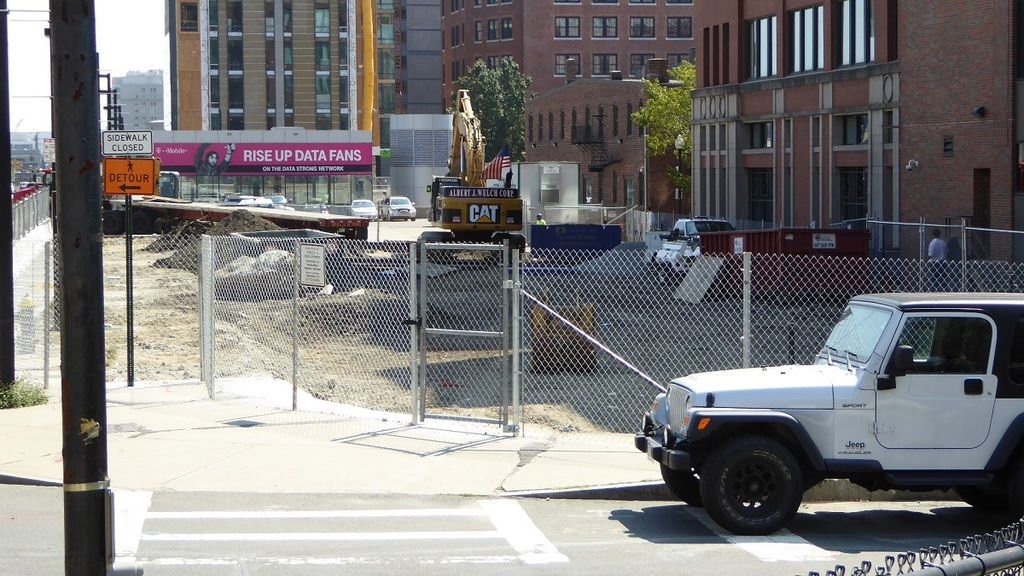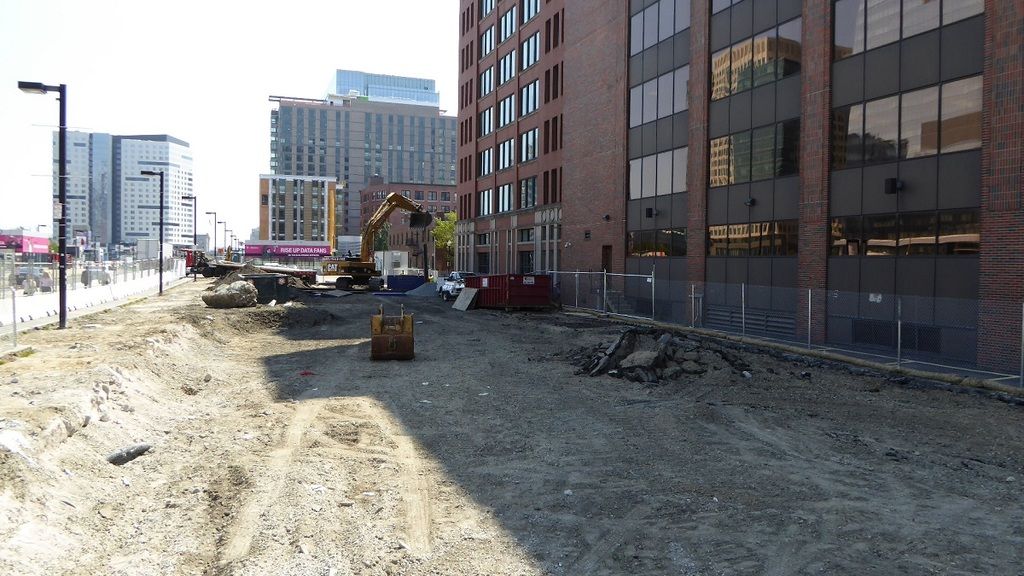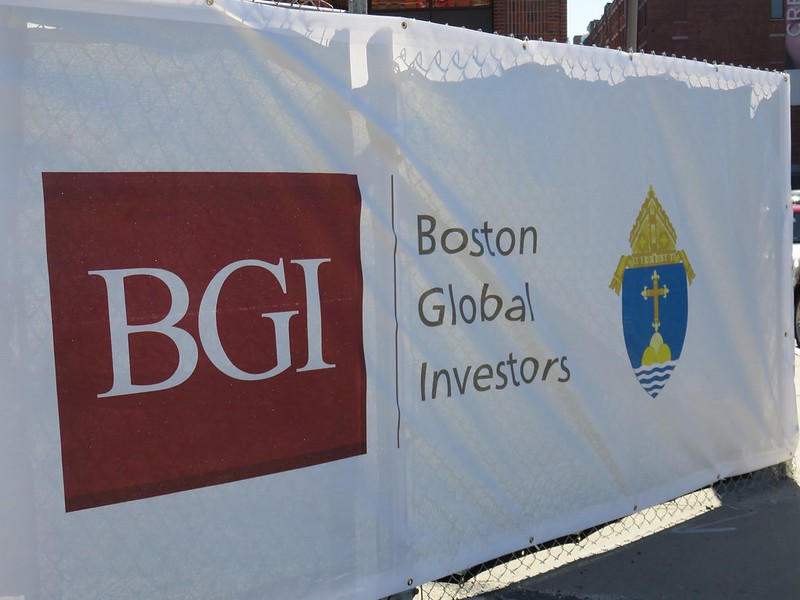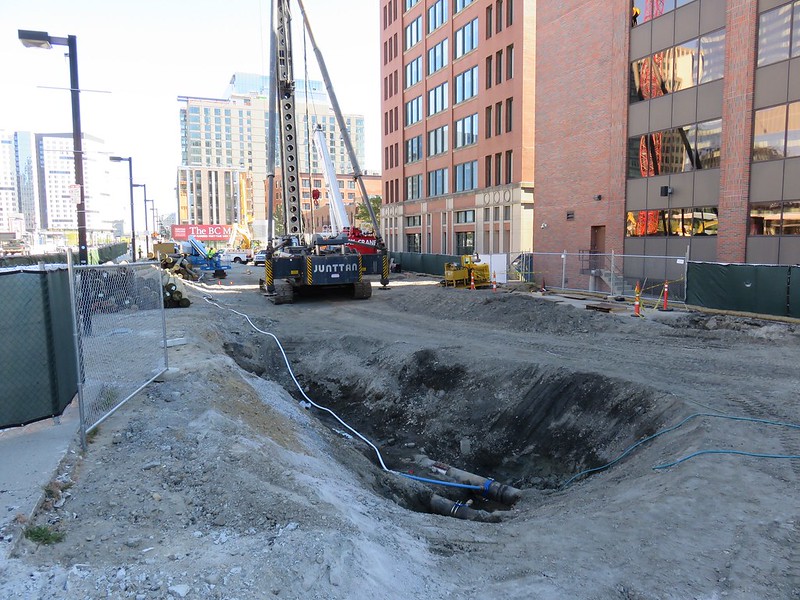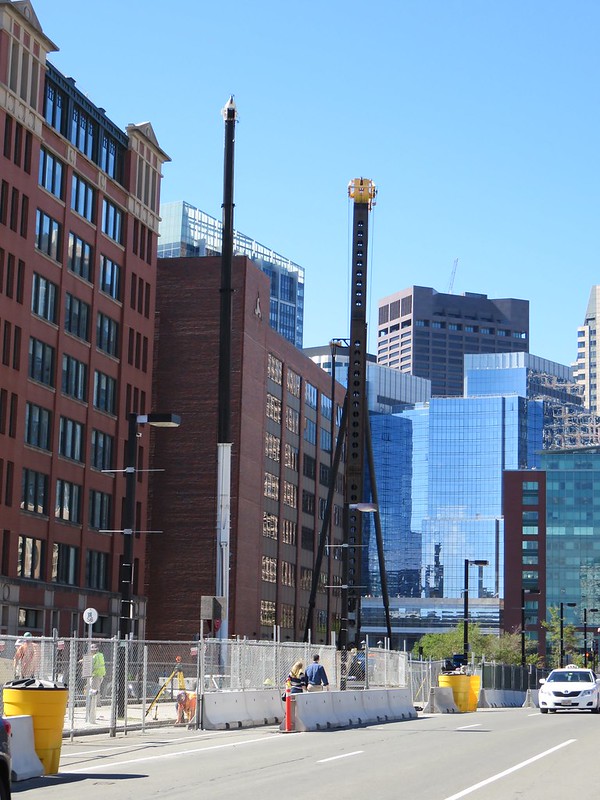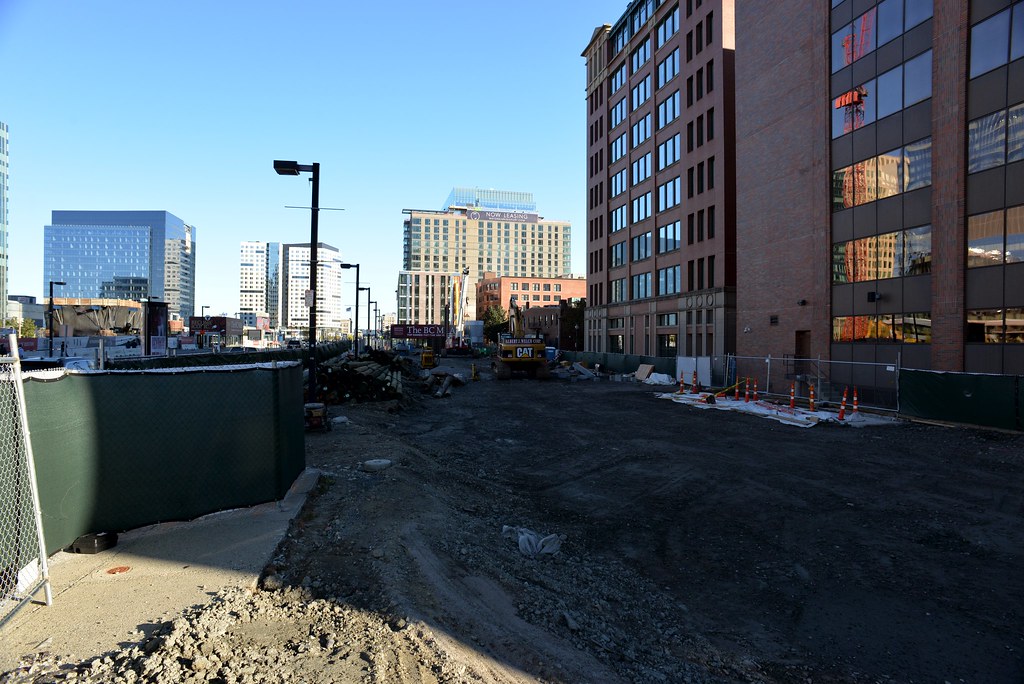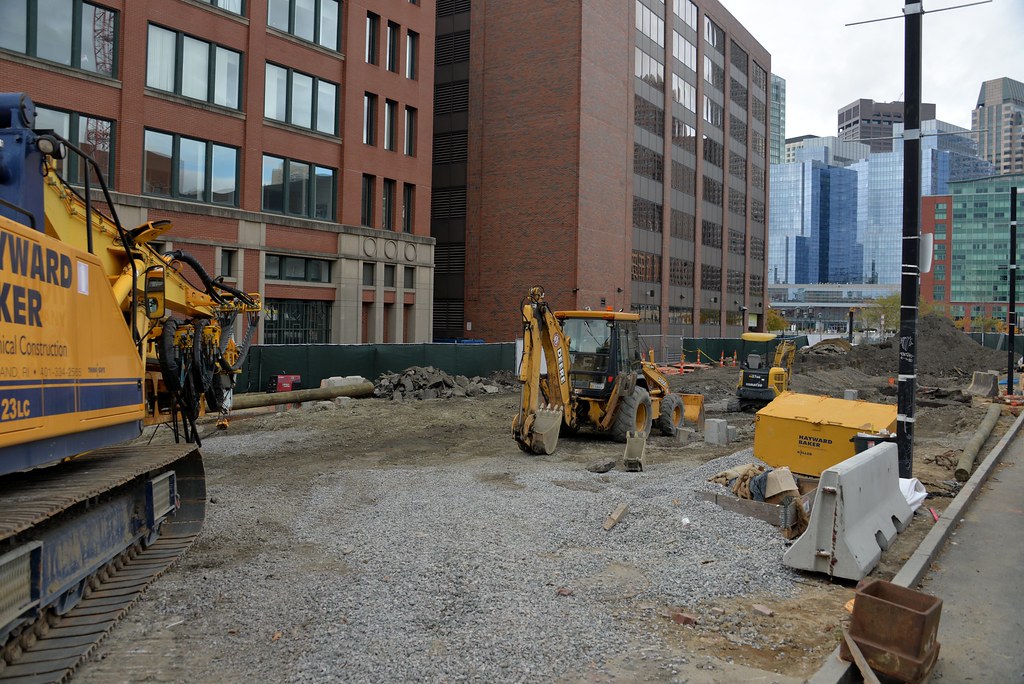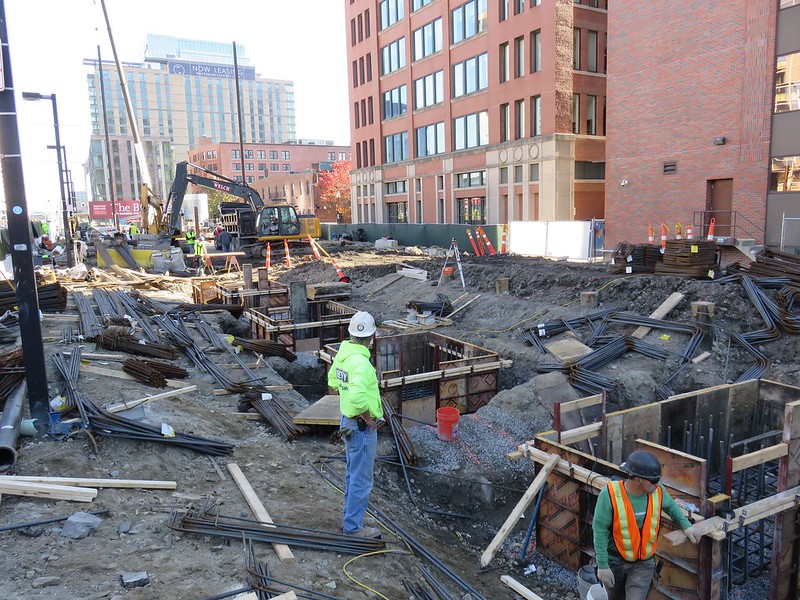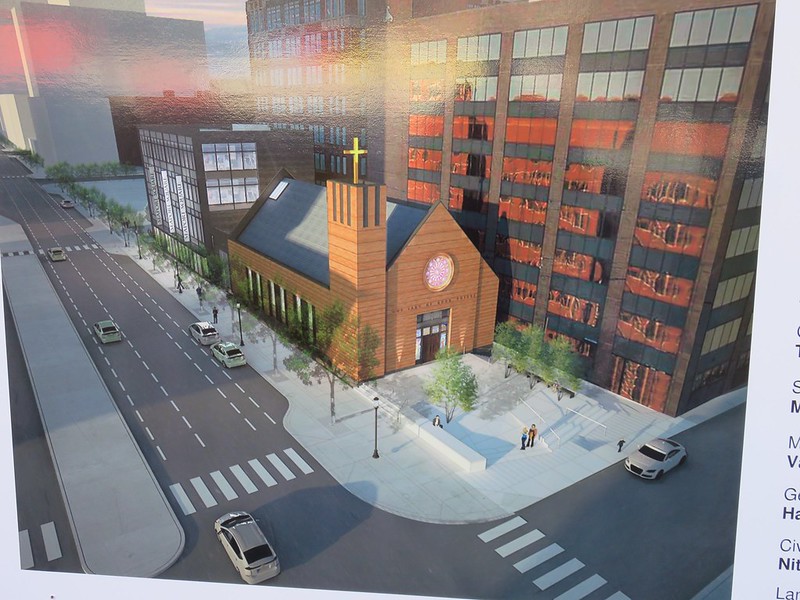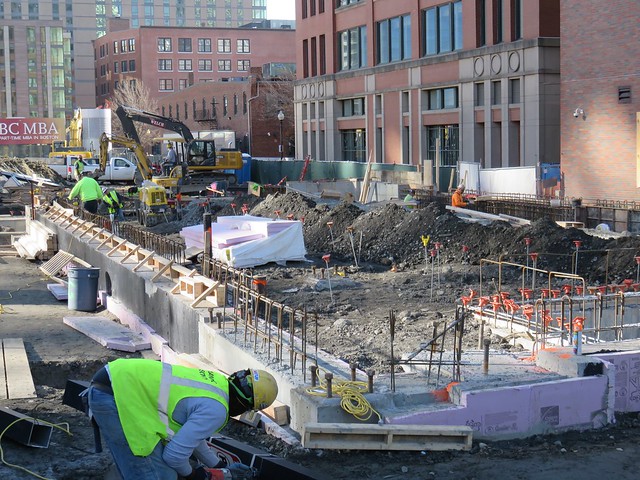- Joined
- Dec 10, 2011
- Messages
- 5,599
- Reaction score
- 2,717
Recall that the original constituency of the several Worker's Chapels was people (Irish, mostly) in jobs like telephone exchange operator, boiler-tender, and elevator operator (in addition to OLGV's dockworkers) who had to work at odd times and might not be near their home parish on Sunday.
I think the article and JumboBuc capture the current state well, and once the Seaport is "done" it should have a constituency a lot like St Anthony's Shrine at DTX: an eclectic mix of "lone" attendees (as opposed to the more "family" groups you'd get in residential areas)
Once the Seaport looks like DTX, it seems a reasonable guess that it'd get:
Weekdays: Blue or white-colllar who have a home parish for Sundays but like to go every day and who go to weekday services (lasting 20 to 25 minutes) before, lunch-hour, or after work + the stop-and-light-a-candle peace-seekers.
Sunday mix (for 45min to 55 min services) of
- Latino blue collar who work odd shifts and so can't go at home with their families
- Yuppies/DINKs who live in an apartment or work nearby (or both) who do Sunday church as a work-break
- Visitors who asked their hotel concierge where a church might be (which with the advent of the Seaport Hotel and BCEC is clearly a better business than 18 years ago)
I was shocked that anyone still used it (it was pretty desolate when I worked at the Boston Design Center 1996-1999) since it basically sat with a whole lot gravel lots in a 3 block radius. Back then, I never saw any activity there ever.What sort of attendance does this chapel even have? Does it have weddings or something? Is there actual demand for this at all?
I think the article and JumboBuc capture the current state well, and once the Seaport is "done" it should have a constituency a lot like St Anthony's Shrine at DTX: an eclectic mix of "lone" attendees (as opposed to the more "family" groups you'd get in residential areas)
Once the Seaport looks like DTX, it seems a reasonable guess that it'd get:
Weekdays: Blue or white-colllar who have a home parish for Sundays but like to go every day and who go to weekday services (lasting 20 to 25 minutes) before, lunch-hour, or after work + the stop-and-light-a-candle peace-seekers.
Sunday mix (for 45min to 55 min services) of
- Latino blue collar who work odd shifts and so can't go at home with their families
- Yuppies/DINKs who live in an apartment or work nearby (or both) who do Sunday church as a work-break
- Visitors who asked their hotel concierge where a church might be (which with the advent of the Seaport Hotel and BCEC is clearly a better business than 18 years ago)

